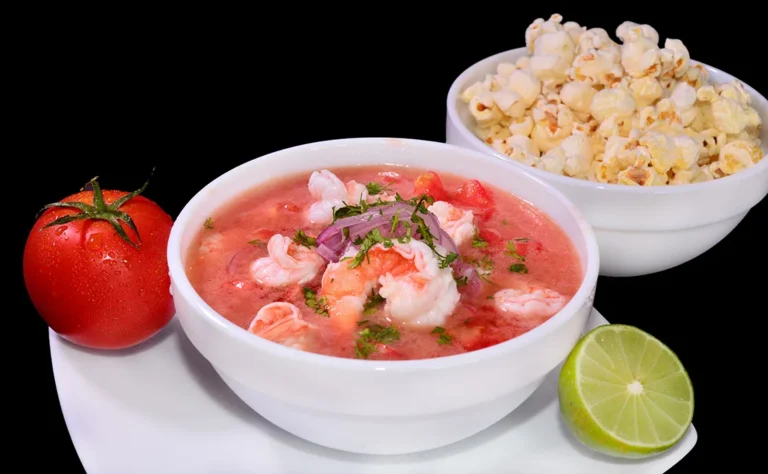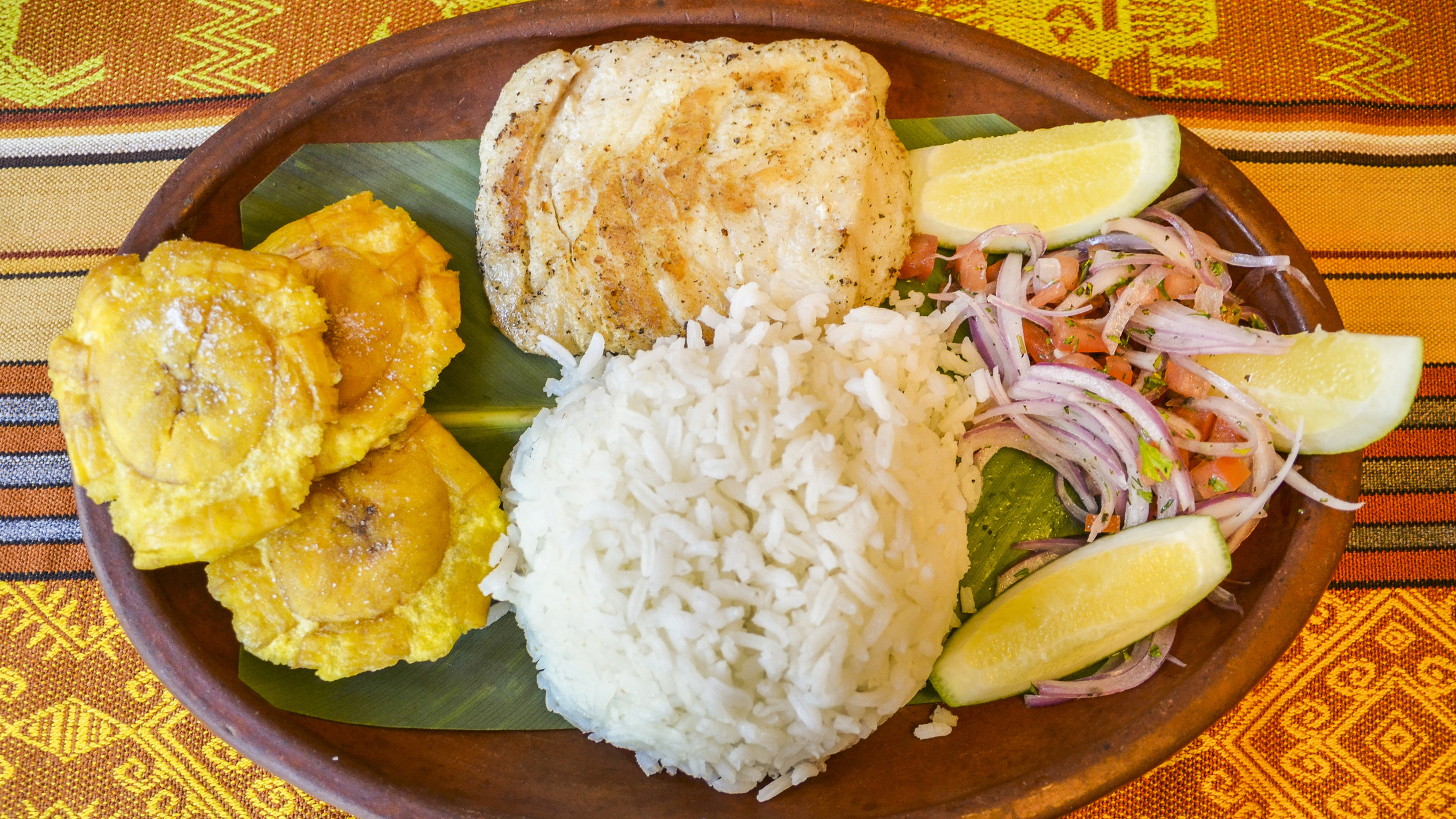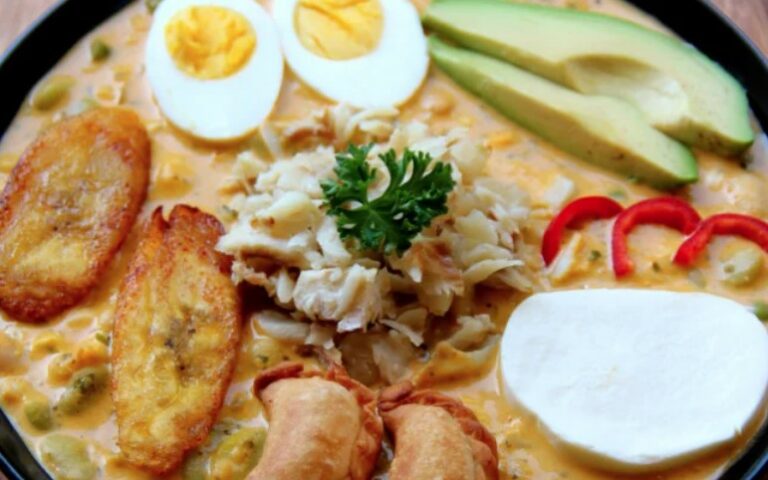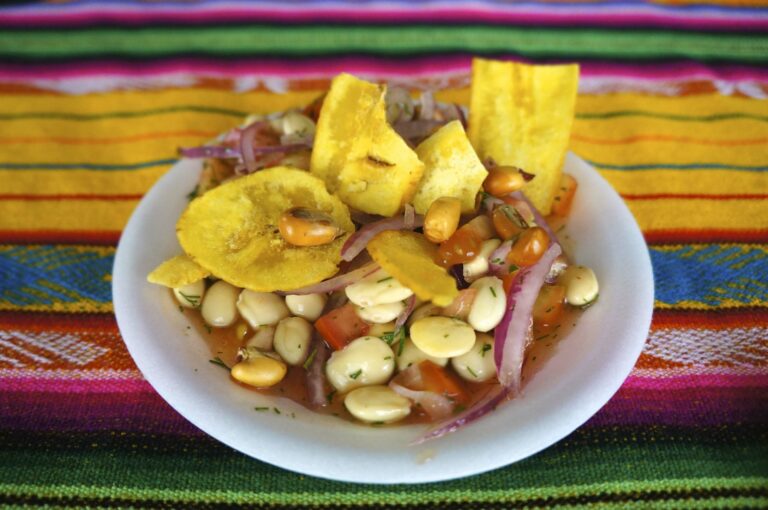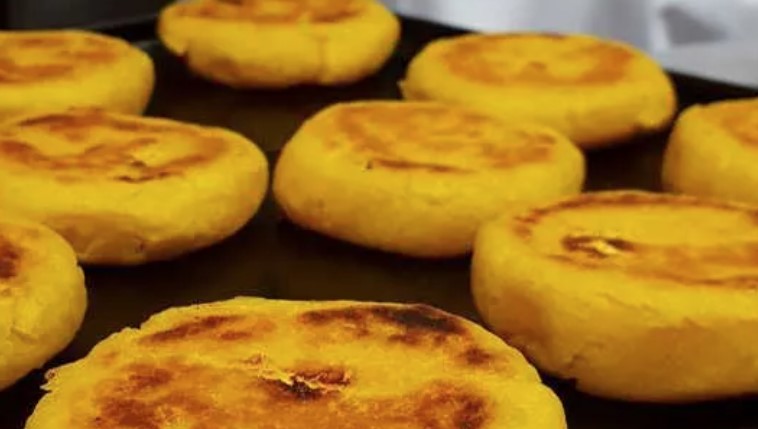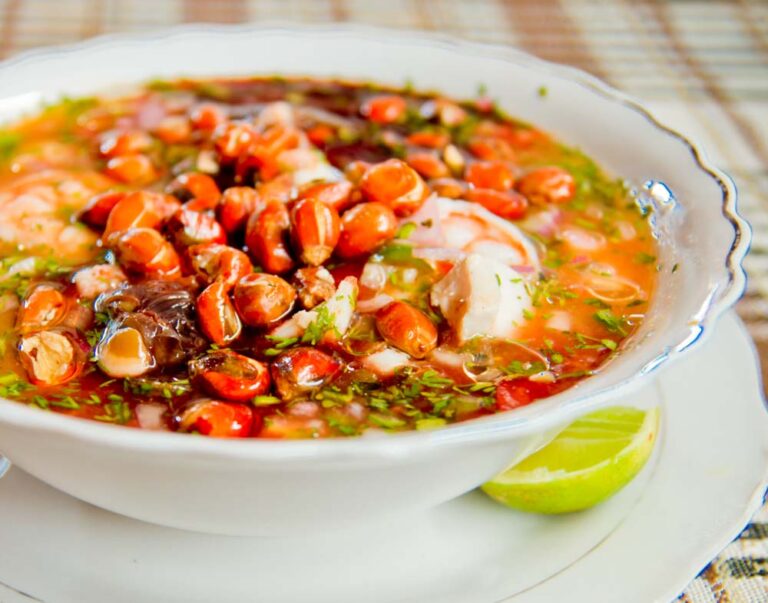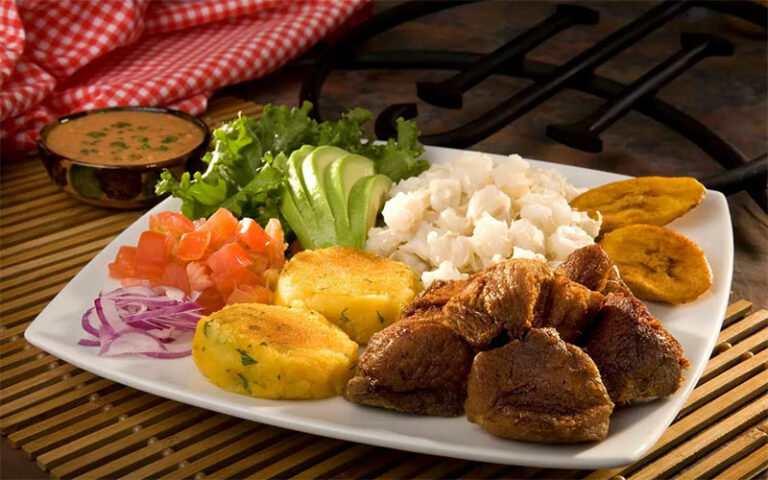Introduction: Ecuadorian Cuisine
Ecuadorian cuisine is a blend of indigenous and Spanish influences, with a heavy emphasis on fresh ingredients and bold flavors. The country’s diverse geography and climate have resulted in a wide variety of ingredients and cooking techniques, making it a unique and exciting culinary destination.
The Andean Region: A Culinary Hub
The Andean region of South America, which includes Ecuador, Peru, and Bolivia, is known for its rich culinary traditions. The fertile soil and high altitude of the Andes produce a wide range of crops, including potatoes, quinoa, and corn. The indigenous people of the Andes have developed their own unique cooking techniques, using ingredients that are native to the region.
Indigenous Ingredients in Ecuadorian Cuisine
Ecuadorian cuisine incorporates a wide range of indigenous ingredients, including various types of potatoes, corn, and beans. These ingredients are often used in soups, stews, and other traditional dishes. One popular Ecuadorian dish is locro, a thick potato soup that is flavored with cheese and served with avocado and corn on the cob.
The Role of Potatoes in Ecuadorian Cooking
Potatoes have played a central role in Andean cuisine for thousands of years, and they continue to be an important ingredient in Ecuadorian cooking. There are over 4,000 types of potatoes grown in the Andes, each with its own unique flavor and texture. In Ecuador, potatoes are used in a wide range of dishes, from soups and stews to salads and empanadas.
Quinoa: A Staple of Andean and Ecuadorian Cuisine
Quinoa is another important ingredient in Andean cuisine, and it has become increasingly popular in Western cuisine in recent years. The tiny grain is high in protein and other nutrients, and it can be used in a variety of dishes, from salads and soups to porridge. In Ecuador, quinoa is often used in soups and stews, and it is also used to make a popular drink called chicha.
The Art of Preparing Cuy: A Delicacy
Cuy, or guinea pig, is a traditional Andean delicacy that is still popular in Ecuador today. The small rodents are roasted whole and served with potatoes, corn, and other traditional accompaniments. While it may seem unusual to Western palates, cuy is considered a delicacy in the Andes, and it is an important part of the region’s culinary tradition.
The Use of Aji Peppers in Ecuadorian Cooking
Aji peppers are a type of hot pepper that is used extensively in Ecuadorian cooking. The peppers are used to add heat and flavor to a wide range of dishes, from soups and stews to sauces and marinades. There are many different types of aji peppers, each with its own unique flavor and heat level.
Conclusion: The Andean Influence on Ecuadorian Cuisine
The Andean region has had a profound influence on Ecuadorian cuisine, from the use of indigenous ingredients like potatoes and quinoa to the art of roasting cuy. The region’s unique cooking techniques and bold flavors have resulted in a culinary tradition that is both diverse and delicious. Whether you are exploring the high-altitude communities of the Andes or dining in one of Ecuador’s vibrant cities, the cuisine of this beautiful country is sure to leave a lasting impression.

